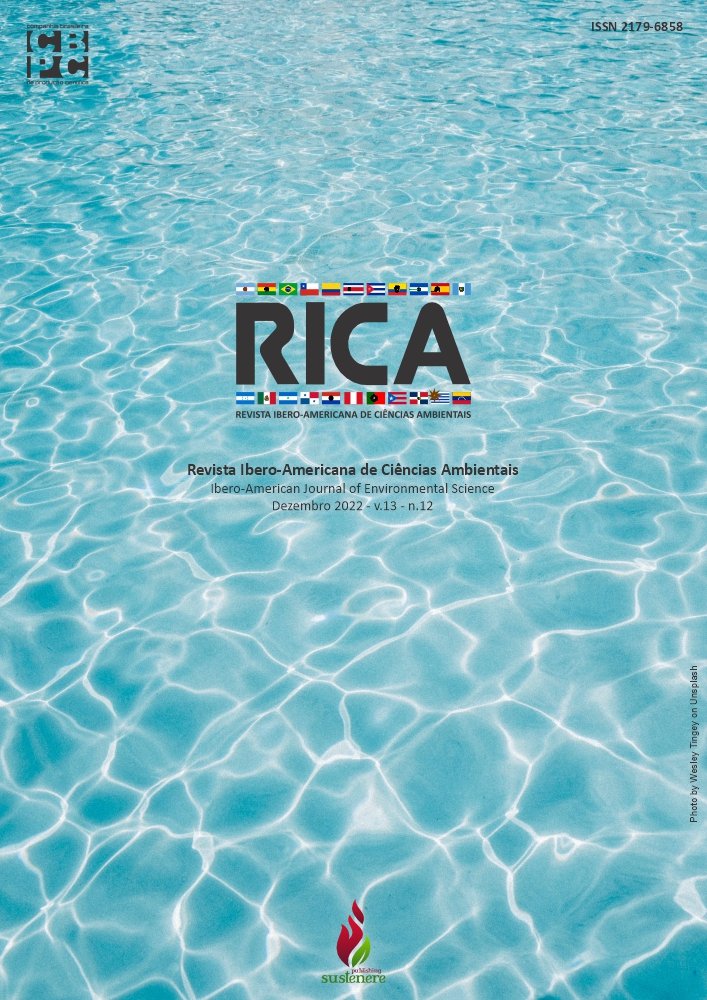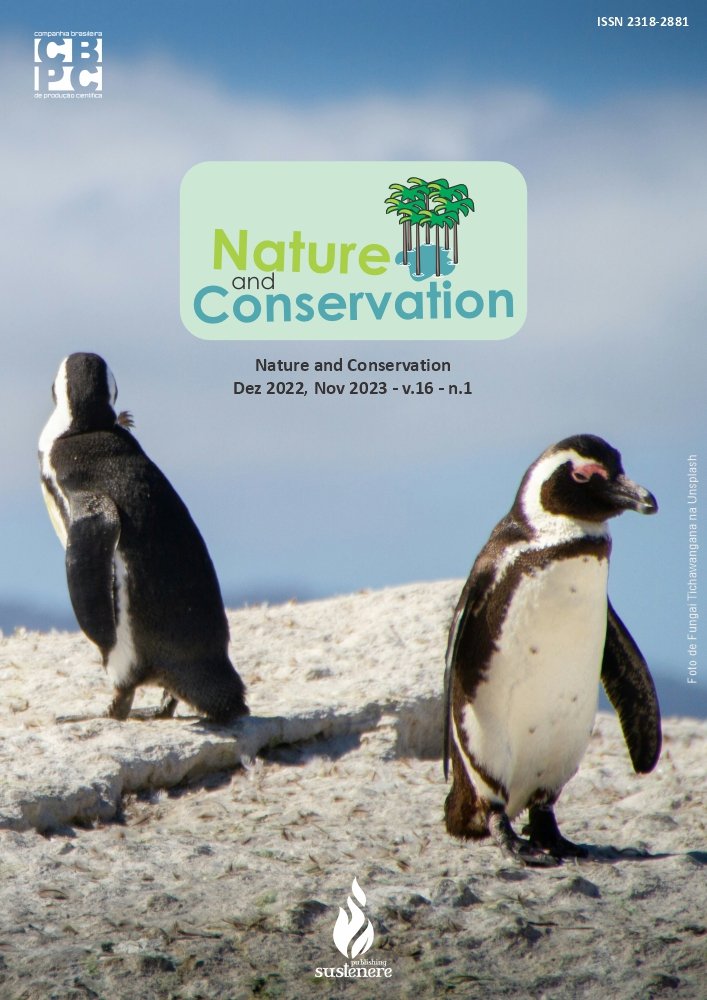Influence of different inoculars on the generation of biogas from tomato residues
DOI:
https://doi.org/10.6008/CBPC2179-6858.2022.012.0010Keywords:
Biodegradation, Generation Rate, Benchtop Reactors, Anaerobic Digestion, BMP TestAbstract
Worldwide, the issue of urban solid waste (MSW) has been widely discussed from various aspects, from collection to final destination in treatment practices or technologies. Among the different types of waste, there is the organic fraction, which has a high potential for biogas with energy viability. The amount of biogas produced from the anaerobic biodegradation of organic waste varies depending on the type of waste and the synergy with the type of inoculum used. In this sense, the present research evaluated the accumulated volume of biogas and the variation of the biogas production rate in the configuration in tomato residues with the sludge, tomato residues with the bovine rumen and tomato residues with a mixture of bovine rumen and sludge, over 120 days of experiment. For this purpose, Biochemical Methane Potential (BMP) tests were carried out. The results showed that the highest rate of biogas production occurs in the first 24 hours and that the averages of the rate of biogas production, in 120 days of monitoring, do not differ significantly, regardless of the type of inoculum used together with the tomato residues as substrate. The largest volume of biogas produced was for the combination of tomato with sludge (422.15 NmL), followed by tomato with sludge and rumen (327.60 NmL) and tomato with rumen (255.01 NmL), with the first 7 days crucial to determine the accumulated volume at the end of the 120 days of monitoring.
Downloads
Downloads
Published
Issue
Section
License
Copyright (c) 2023 Ibero-American Journal of Environmental Sciences

This work is licensed under a Creative Commons Attribution-NonCommercial-NoDerivatives 4.0 International License.
The CBPC - Companhia Brasileira de Produção Científica (Brazil CNPJ: 11.221.422/0001-03) the material rights of the published works. The rights relate to the publication of the work anywhere in the world, including rights to renewals, expansions and dissemination of the contribution, as well as other subsidiary rights. All electronically published works may subsequently be published in printed collections under the coordination of this company and / or its partners. The authors preserve the copyright, but are not allowed to publish the contribution in another medium, printed or digital, in Portuguese or in translation.









